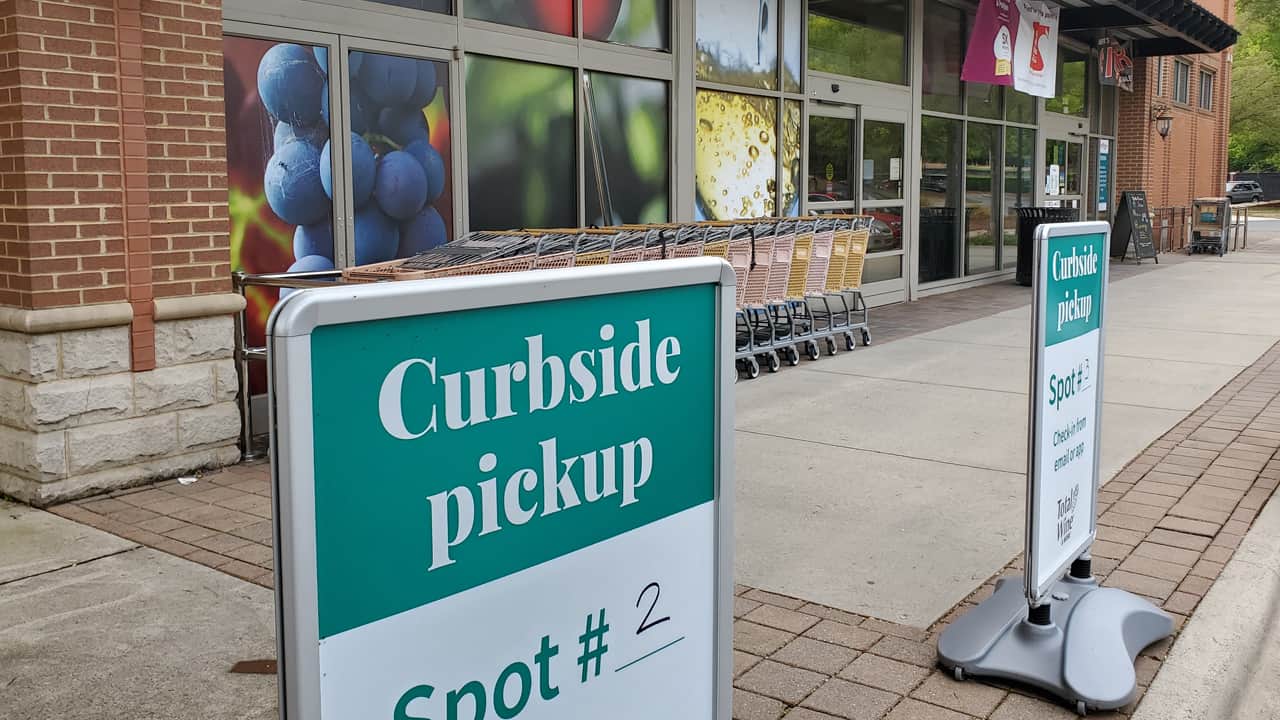A new report titled Multichannel Retail and COVID-19 by GlobalData finds that shopping habits in the US and Europe shifted dramatically because of disruption caused by the pandemic, driving rapid adoption and growth in buy-online, pick-up in-store services.
However, the findings reveal that transactions made through online channels—desktop and mobile point of transaction—did not exceed 30 percent of total retail sales at the peak of lockdown in any country covered by the study and many of those sales were supported by physical stores with “click and collect” retail sales soaring.
The report also explores how buying behavior has evolved since lockdowns have ended and reveals that the sales penetration of the online channel is falling as consumers return to stores and make greater use of fast-growing multichannel services.
Neil Saunders, GlobalData’s lead retail analyst, commented, “Despite claims that the growth of online shopping is leading to a ‘retail apocalypse,’ the reality is that many retailers across all sectors are thriving because they are innovating with multichannel to provide a convenient shopping experience for consumers. A very significant proportion of sales that are attributed to the online channel are, in fact, multichannel sales that rely on both stores and online for success. On average, one third of online non-food purchases, where a customer actually transacts online, are in fact reliant on physical stores for product selection, pick up, or return.”
Saunders said the report also dispels the notion that retail can be neatly divided between online and offline shopping channels, but that consumers shop simultaneously across channels and see them as substitutable.
“The concept of separate channels has always been somewhat meaningless, but the pandemic is making it even more so. For any given purchase, shoppers are increasingly using a mix of channels and are swapping between them based on their needs. In the United States, for example, US stores are now supporting a greater proportion of online channel sales than they were at the start of the pandemic—mostly because retailers have quickly introduced things like curbside collection—leading to soaring online growth at big box retailers,” said Saunders.
Across all countries a majority of shoppers say they will make greater use of multichannel services even as things return to normal. Meanwhile, a majority of retail executives are planning to invest more in the multichannel parts of their business such as curbside collection and fulfillment from stores.
“The idea that there is a battle between online and physical retail is outdated. There is only one retail battlefield and the fight is between all the players on it, and those that have strong multichannel options with both an established store network and online presence now have the advantage,” said Saunders.
Key Findings
- During the pandemic the best online channel growth rates were achieved by those retailers employing multichannel services; this included many traditional retailers like Best Buy, Target, Dick’s, and Walmart, as well as small retailers supported by services like Shopify. Many of these retailers are now growing at a faster clip than more online focused retailers like Amazon.
- Over the course of 2020 in the US, almost 36 percent of online non-food spend will be supported by physical stores. This is up by 2.6 percentage points since the start of the year.
- 68 percent of US shoppers say that they are going to make more use of drive-up curbside collection facilities at stores in the future and almost 60 percent say they will make greater use of collect from inside store services.
- 89 percent of retail executives in the US say that physical stores will drive just as many, or more, sales for their business as they did before the pandemic started. And 87 percent are backing these sentiments with action by planning to invest more capital in multichannel capability—which allows online and stores to operate seamlessly together—over the next five years.
- 79 percent of US consumers said that they missed the social interaction of physical stores during lockdown, and 71 percent said that not being able to visit stores during the height of the pandemic reduced the overall amount of money they spent on non-food.
- At the height of the lockdown, US online sales were 21.4 percent of retail sales, up by 7.5 percent over the full year 2019 percentage. However, two months after lockdowns ended, online sales as a percent of all retail sales had fallen by 3.9 percentage points to a more modest 17.5 percent.
“The lesson from this report is that even as we emerge from the pandemic, retailers of all stripes are succeeding by innovating to provide the experience customers demand in terms of convenience, including multichannel options. This trend further confirms that retail customers do not distinguish between online and offline options. Retailers may plan in terms of channels, but channels should be invisible to the shopper who seamlessly move between them for browsing, product research, point of transaction, receiving the product, and returns or aftercare,” Saunders said.
The report, which was supported by Amazon, can be downloaded for free from GlobalData. The findings and analysis are solely product of GlobalData.
